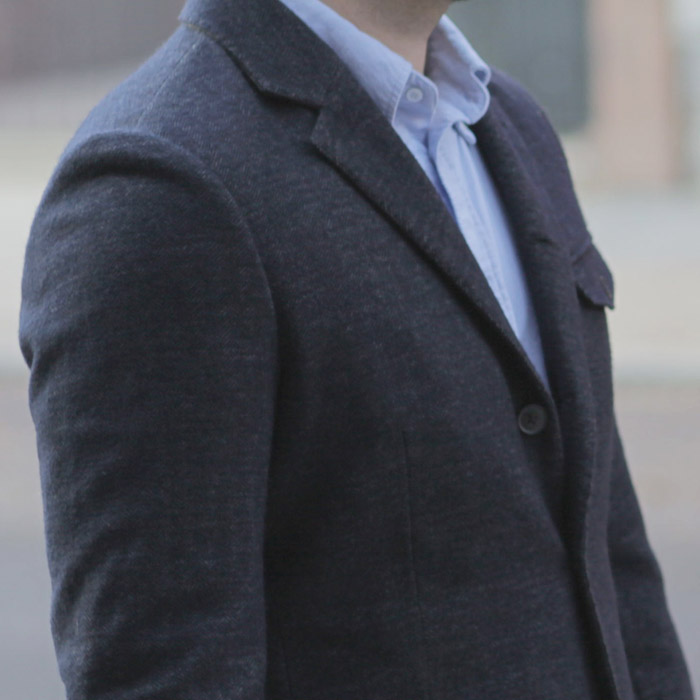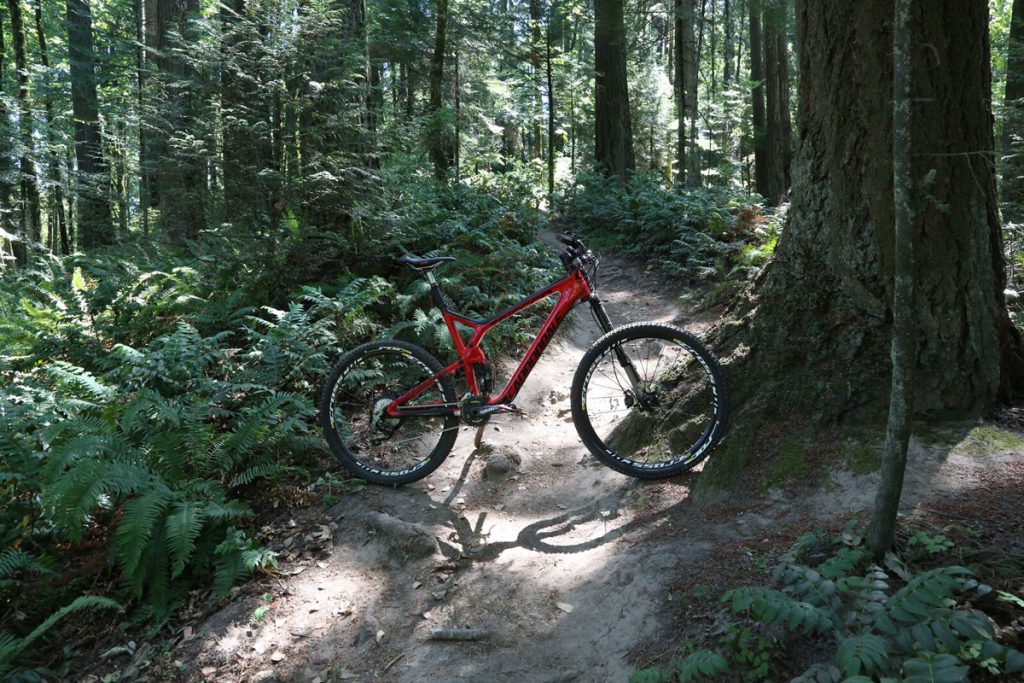Driving the Rubicon Trail with BFGoodrich
Learning what makes the famous trail both challenging and beautiful

By design, rock-crawling isn’t an activity for the meek. It’s dangerous, it’s unpredictable, and it’ll test every ounce of your skill behind the wheel. Of course, that’s exactly why people the world over love it the way they do. Even the most modest trails require tact and skill to traverse, and all that is said and done before anyone spends a cent on a vehicle to do it in/on.
For rock-crawlers, the Rubicon Trail is the pinnacle; one of the most famous, technical, and dangerous trails of all. Originally used as a footpath for Native Americans, and then later by explorers looking for a clear route across Northern California’s treacherous Sierra Nevada Mountains, the Rubicon Trail today is used year-round by off-road and rock-crawling enthusiasts to test the limits of both driver and vehicle. Jeep even named a Wrangler after it.
![]()
It has a double-black diamond rating (10), which means it’s 22 miles of some of the toughest terrain out there. Think: boulders, mudpits, high water, steep inclines and declines, fallen tree trunks, crevasses, and everything in between. The climate up in the mountains is unforgiving and unpredictable, and getting jammed up without the proper tools, gear, and experience can mean a world of trouble.
![]()
The team at BFGoodrich released their new KM3 Mud Terrain tires a few weeks back, and decided there would be no better way to get the word out than to try them on one of the toughest and most lauded trails in the world. Knowing what we know about the Rubicon, we took the opportunity to join the dirve—to test the tires, to test the trail, and, ultimately, to test ourselves. Plus, who in their right mind would waste the chance to roll a perfectly good Jeep off a cliff and into the side of a tree? (Kidding; we did great, and so did the tires.)
![]()
For us, the trickiest part of the Rubicon was getting there. Not only is the trail extremely isolated (an eight-hour drive from the Resort at Squaw Creek, where we stayed during our trip), but it’s also incredibly long. In writing, 22 miles might not sound that bad, but in reality there’s a potentially day-ending obstacle is under your tires or ramming your skid plate every couple feet. Rather than make that long trek, BFGoodrich opted to chopper us all out there—over the mountains and jagged hills, through the towering pines, and just under some gnarly cloud cover—to our starting point, some miles from the entrance at Little Sluice.
![]()
After about an hour of regrouping, we all hopped into our assigned rigs and off we went. We were loaned a beautiful Jeep Wrangler Rubicon, done up with suspension work, improved drive train, axles, skid plates, rock rails, and a set of KM3s on some aftermarket wheels.
(We were the third of five media groups to come out, and neither during our session nor any of the ones before us was there a single blow out or flat tire. Take from that what you will, but we were very impressed.)
![]()
If you’re not familiar with the trail, it’s definitely recommended that you enlist the help of people who are. There are a ton of groups and guides who practically live out there, and luckily for us, we had some specialists from BFGoodrich, as well as some of the team from Jeep Jamboree, to help guide us, spot us out, and give us advice along the way. Little Sluice is actually one of the most difficult areas of the trail, but it was easy moving with the right help.
![]()
We were really impressed with the KM3s; they handled whatever we threw at them. We know they’re made from a very specific—and very secret—composition, but we also know that they have a proven 5% more traction in mud and soft soil conditions, thanks largely to their improved “Terrain-Attack” tread pattern and the “Mud-Phobic” traction bars around the sidewalls, which are designed to push mud off the tire when it crinkles, to ensure its tire-to-surface ratio is always optimal. The entire time we were out there, we were mostly in low gear, and on only one occasion did we lock both axles—more for precaution at the time than anything else.
![]()
Although we were supposed to take on a few miles of the trail—from Little Sluice to to Big Sluice—the wind picked up drastically shortly after lunch, and forced us off the mountain a couple hours before we were scheduled to make our way back. We made it a little past Arnold’s Rock, where we regrouped, had some lunch, and got to go for ride-alongs in some insanely nimble Ultra 4 cars, which really showed us what the KM3s can do when the going gets tough. But with the winds picking up quickly, we knew waiting any longer would risk leaving us stranded up in the mountains for the evening, which sounded way less appealing than choppering back and heading to the hotel bar. So, the BFGoodrich team made the call, and we were out.
![]()
What we did get to see first-hand from the KM3s, we were super-impressed with. We climbed near vertical slab, took on nearly four-foot-high boulders, waded through water up to our lifted Wrangler’s doors, scaled some pretty steep declines, and even got to see how the tire performed wet on smooth concrete hills. Even for the novice climbers we are, we breezed through the roughly four-hour excursion, and were still left wanting more trouble as we crossed the mountains back to the resort.
![]()
After this experience, we see why the Rubicon Trail is so beloved by the people who spend time on it. It can’t be understated: the trail itself is absolutely unbelievable. Jagged hills, snow-capped mountains, towering pines, massive fields of rock slab, crystal blue skies, puffy cumulonimbus clouds—the striking views are apparent at every angle, whether out our windows, through the windshield and beyond the hood, or on the occasions when we had to get out and take in the beauty around us. Even though our day was cut short and we never got to head down past Martini Tree and into Big Sluice, it was undeniably an experience of a lifetime.
Images by Maxwell Barna












